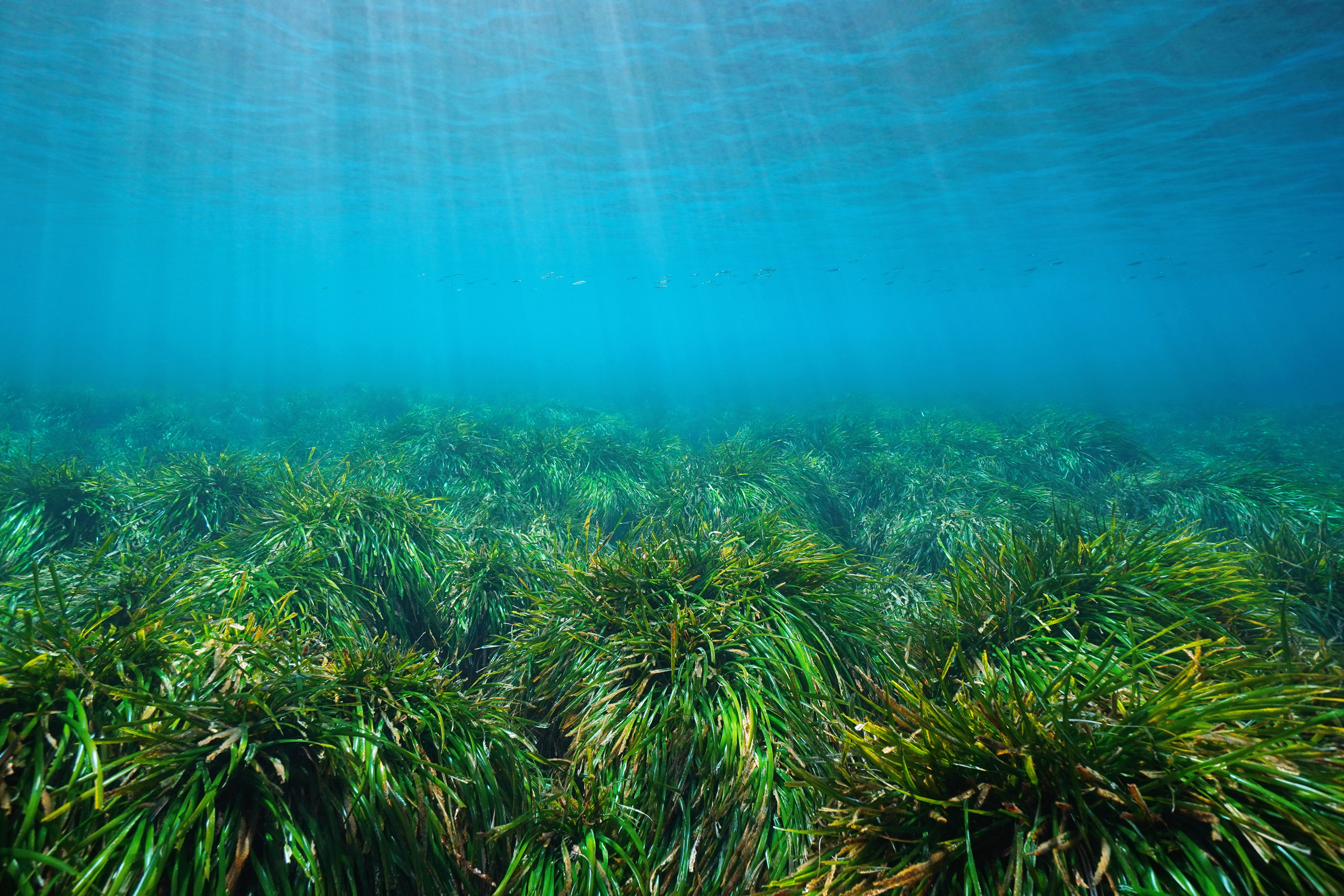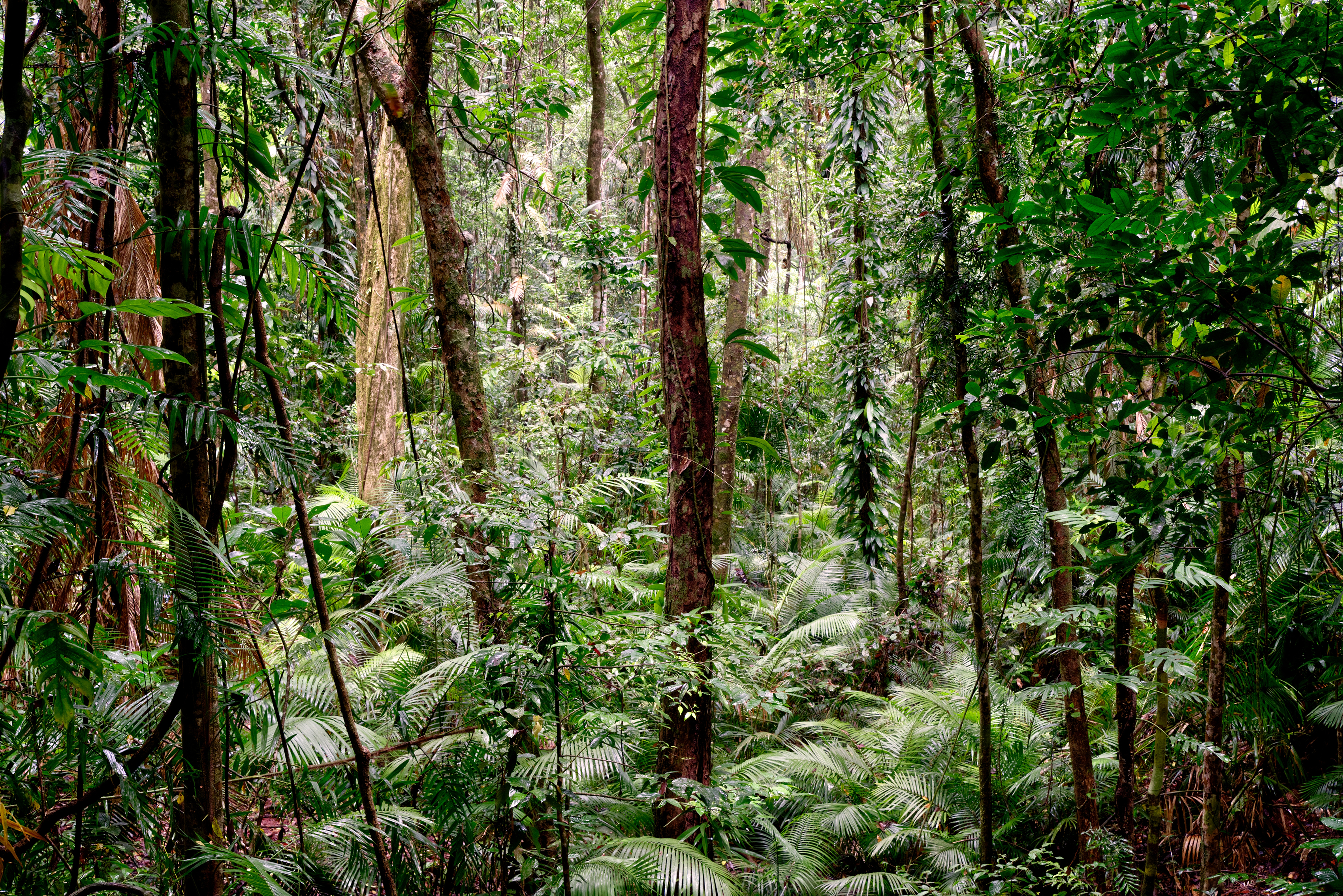The entirety of Earth’s surface is made up of biomes. Within each of these biomes are many different ecosystems that are constantly growing, decaying, and teeming with diverse life. But which ecosystem came first, and which are still standing today?
As ecosystems are made up of constantly decaying pieces, the organisms alive at the start of the system’s lifespans are likely not alive at the end of it. The “life” of an ecosystem can be considered similar to the human body – our cells are constantly regenerating, so virtually none of the cells we were born with see us into adulthood, yet we are still the same person. In the same way, an ecosystem is alive as long as its components continue to cycle energy and nutrients.
What is an ecosystem?
An ecosystem is a unit of ecology where a balance of living plant and animal life, climate, terrain, and geology combine to create a distinct environment. Ecosystems can be large or small, and together make up the entirety of Earth’s surface. These ecosystems exist as part of larger biomes, which are broader descriptions of specific landscapes and environmental conditions in which there are many smaller ecosystems.
Made up of two distinct broad types, terrestrial and aquatic, ecosystems contain both biotic and abiotic factors. Biotic factors are living things like animals and plant life, while abiotic factors are non-living things like rocks, temperature, and humidity.
Ecosystems are made up of functional chains where each component affects another. Temperature and rainfall impact the types of plants that can grow; the types of plants that grow impact the herbivorous species that can live there; the herbivorous species impact which carnivorous species can thrive, and so on. This flow of nutrients through the system is a defining characteristic of an ecosystem.
The oldest ecosystem
Just like the species within them, ecosystems grow, evolve, and die over time. Due to their resilience, rainforests have withstood ice ages and persisted for at least 300 million years, making them one of the world’s oldest ecosystems.
Rainforests are home to roughly half of the world’s animal and plant species, despite taking up just 6 percent of the Earth’s surface, making them the most diverse ecosystem as well as one of the oldest.
Different types of rainforests exist on every content except Antarctica, and they are distinct from other types of forests by having high annual rainfall and a dense canopy cover made up of evergreen trees. To be considered a rainforest, a forest must experience over 180 centimeters (70 inches) of rain a year.
Aquatic ecosystems like reefs can also stand the test of time, with many alive today that have been around for hundreds of thousands of years. It’s estimated that Australia’s Great Barrier Reef, the largest coral reef system in the world, has existed in some form for 500,000 to 600,000 years.

A seagrass meadow ecosystem found in the Mediterranean sea.
Image credit: Damsea / Shutterstock.com
While seagrass meadows are a relatively young type of ecosystem, first forming around 100 million years ago, corals have been found in fossilized reefs dating back 500 million years, making them a strong contender for oldest ecosystem. However, it’s believed that coral reefs in their current form only appeared in the last 60 million years.
These delicate ecosystems can, however, be easily disrupted by changes in sea temperatures, water levels, and pollution, while land-based ecosystems – especially those around the equator – experience far less turbulent environmental changes. This suggests their comparatively short life span may be why today’s living aquatic ecosystems are far younger than the ancient terrestrial forests. Today we can see the rapid effects climate change is having on Earth’s existing aquatic ecosystems.
The world’s oldest forests
Putting the mighty Barrier Reef to shame, some of the world’s oldest forests have persisted for millions of years, withstanding immense climatic shifts.
The oldest known forest on Earth is a recent discovery found in southwest England and it’s believed to be 390 million years old. Made up of a bunch of now fossilized trees dating back to the Middle Devonian, the forest consisted of standing plants, ancient flora, and cladoxylopsids – an extinct group of plants related to ferns and sphenopsids (horsetails).
Standing just 2 to 4 meters (6.5 and 13 feet) tall, the abundance of cladoxylopsids means the ancient forest was likely not very tall, but the trackways of some ancient critters found at the site suggest this tiny forest was once a vibrant and flourishing ecosystem.
Before this forest was discovered, however, the oldest forest on Earth was believed to be a 368-million-year-old ecosystem located, rather unceremoniously, at the bottom of a sandstone quarry in the small town of Cairo in New York state. From the Devonian period, the forest, which is now made up of just a root system, is believed to have once stretched for around 400 kilometers (250 miles).
Identifying the age of ecosystems is challenging as each biotic component has its own life cycle, meaning an ecosystem’s “life” is made up of constantly growing, dying, and shifting parts. For this reason, it’s hard to judge which living ecosystem is the current oldest.
A 2005 study into the longevity, resilience, and future of the Amazon rainforest estimated that South America’s 6.7-million-square-kilometer (2.6-million-square-mile) tropical rainforest is at least 55 million years old, making it potentially one of the oldest living ecosystems – and the largest.

The dense and diverse foliage in Daintree Rainforest.
Image credit: AustralianCamera / Shutterstock.com
However, there are two living forests that make the Amazon rainforest look like a sapling by comparison. The Borneo Lowland Rainforests are estimated to be 140 million years old and, at 428,438 square kilometers (165,420 square miles), cover more than 57 percent of Borneo.
Potentially even older still, the Daintree Rainforest in Australia is thought to be a whopping 180 million years old, however, some sources state its age is closer to 135 million years. Located in North Queensland, this dense, tropical forest covers over 1,200 square kilometers (463 square miles) and hosts animal and plant species found nowhere else on the planet.
All ecosystems are vital to the sustenance of life on Earth, and despite what the longevity of some of these environments might suggest, they’re also fragile and sensitively balanced. Human activity and climate change are rapidly threatening the lives of many ecosystems, making conservation efforts more important now than ever.
Source Link: What Is The Oldest Ecosystem On Earth?